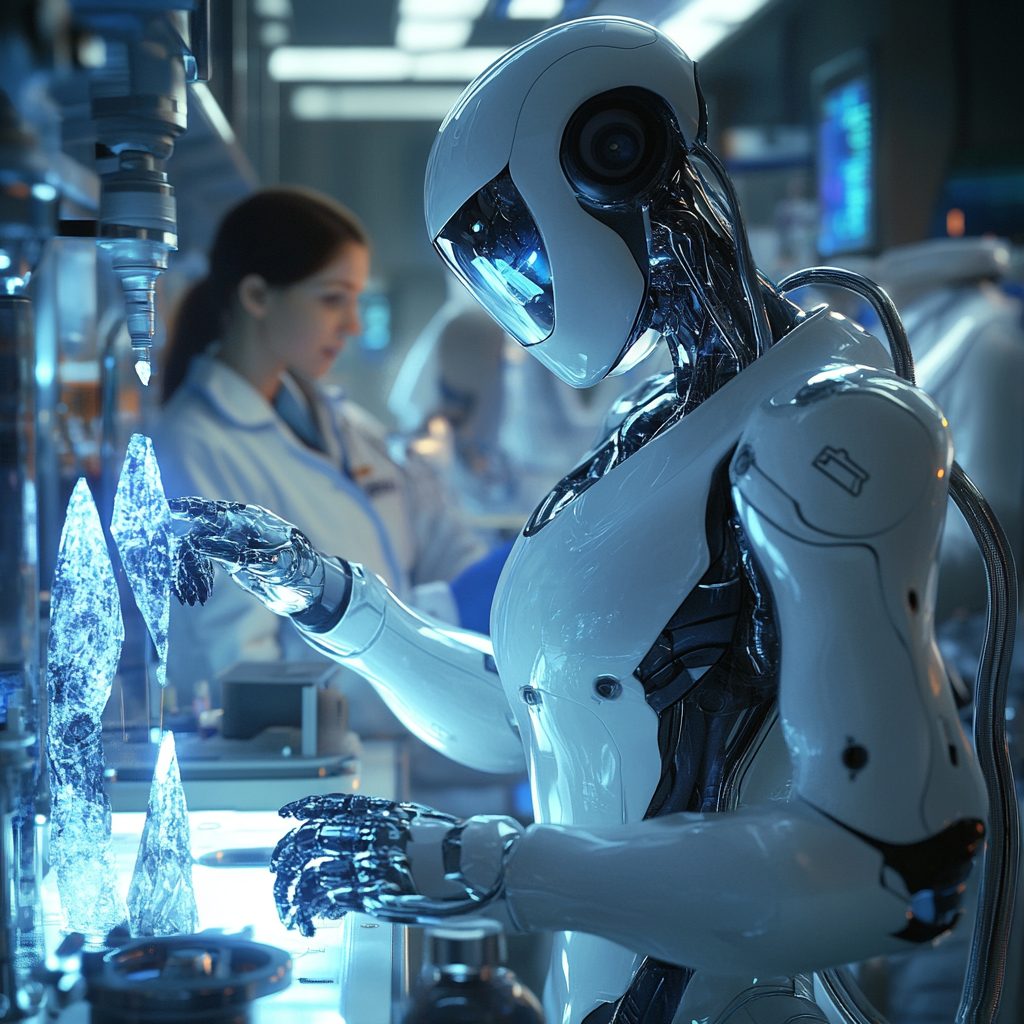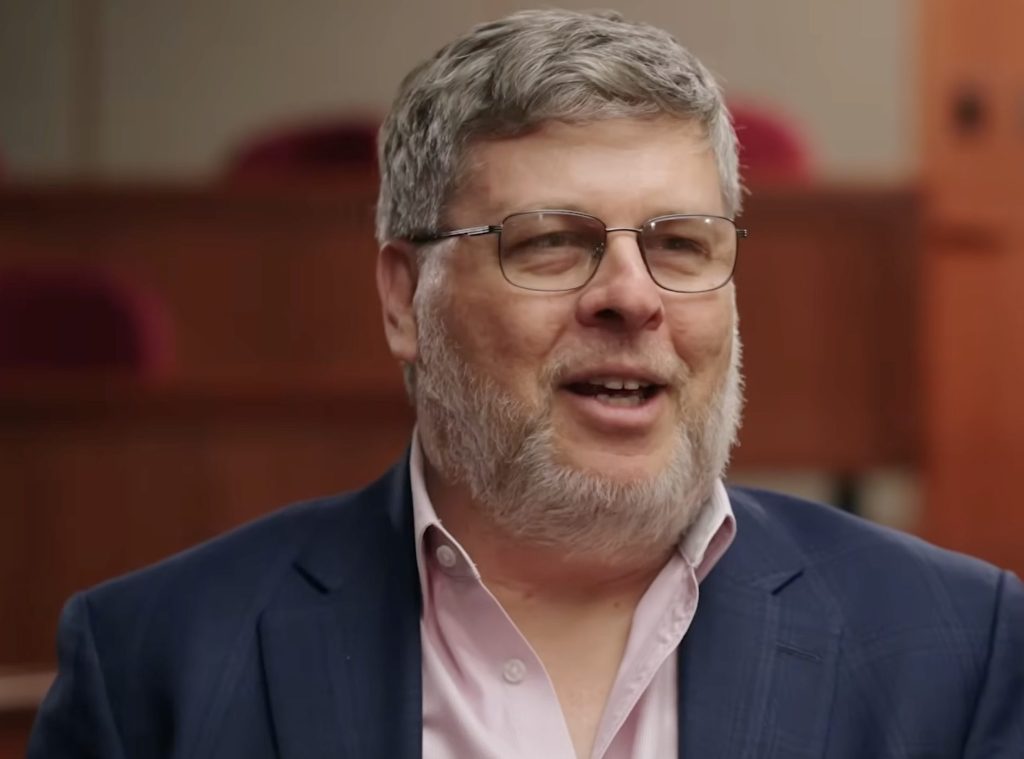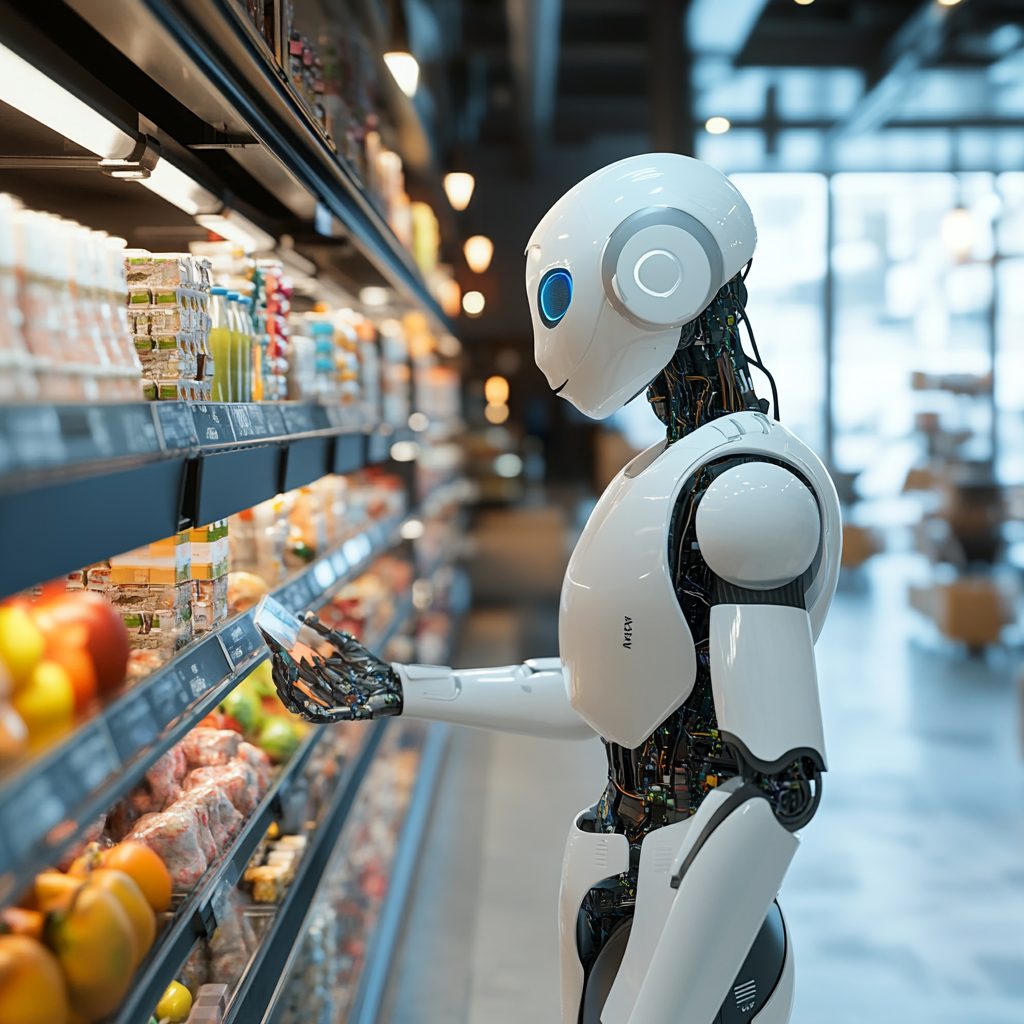What if AI could do more than just mimic intelligence—what if it could discover it? In a surprising twist, a group of researchers at Columbia University has used an AI model to solve a materials science mystery that has stumped experts for nearly 90 years. And the most interesting part? The AI didn’t just crunch numbers—it thought like a scientist.
A 90-Year Puzzle—Solved by AI
Back in 1930, scientists stumbled upon an unusual material: silver fluoride (AgF₂), known for its strange crystal structure. For decades, no one could quite explain how it held together. The math didn’t add up. Human intuition said one thing; the experimental data said another. But now, an AI developed by Columbia Engineering has cracked the code—spotting a hidden chemical structure no human had ever proposed.
This isn’t your typical “AI writes a poem” story. The system, named GNoME (Graph Networks for Materials Exploration), was trained to predict crystal formations and came up with a completely new arrangement of atoms for AgF₂. When verified by simulations and real-world chemistry, the structure held up. The AI had discovered something new—something true.
Why This Is a Big Deal
At first glance, this might seem like a niche win for materials science. But it’s actually a hint at something bigger: a shift in how science could be done. AI wasn’t just a helper—it was the lead scientist here. It asked its own questions, tested its own answers, and ultimately found a solution no human had imagined.
As Professor Chris Wolverton, a materials scientist not involved in the study, put it:
“The AI discovered not just a better structure—but a plausible one, something even experts missed.”
It’s a wake-up call. The AI didn’t just sort through existing knowledge. It extended it.
Could This Lead to Better Batteries?
Yes. AgF₂ is what’s known as a “super-oxidizing” material, and understanding its structure could unlock major advancements in energy storage—especially in high-density battery designs. While practical applications will take time, the implications are clear: AI isn’t just optimizing existing technologies. It’s discovering the raw ingredients of the future.
You can read the full article from The Independent here.
Q&A: What People Are Asking
Q: Can AI really discover things scientists haven’t?
Yes. In this case, AI didn’t just follow instructions—it created new knowledge by predicting an atomic structure no human had thought of. This isn’t the first time it’s happened, but it’s among the most striking examples yet.
Q: What does this mean for the future of battery technology?
Understanding complex materials like AgF₂ could lead to safer, more efficient batteries. With AI’s help, we might accelerate the pace of discovery dramatically.
What do you think? Can AI truly become a scientist—or is it just reflecting what we already know? Drop a comment below.
If you found this fascinating, sign up for our AI Newsletter to get more discoveries like this—minus the jargon, and full of ideas worth sharing.
Looking for help on how AI can transform R&D or innovation in your company? Click here for consulting expertise on AI—let’s talk possibilities.
4o



